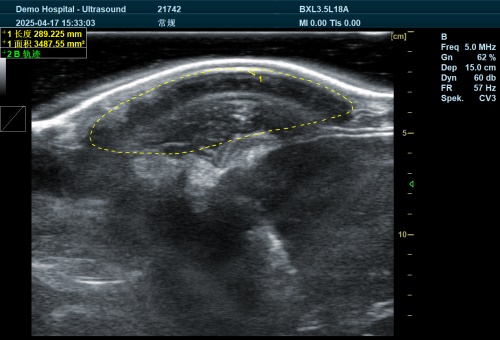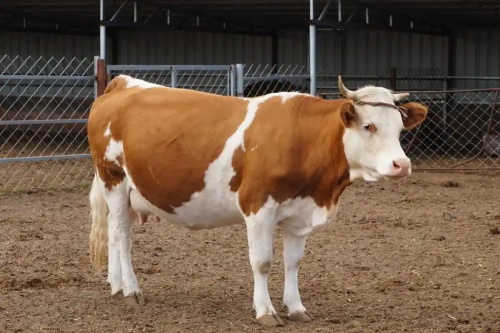In the ever-advancing field of veterinary medicine, the integration of diagnostic imaging has revolutionized the way practitioners assess and treat animal health issues. Among these imaging modalities, ultrasound stands out for its real-time, non-invasive capabilities, offering invaluable insights into a wide array of conditions across various species.
Veterinary ultrasound employs high-frequency sound waves to produce images of internal body structures. Its versatility and safety profile make it an indispensable tool in modern veterinary practices, enhancing both diagnostic accuracy and operational efficiency.

Enhancing Diagnostic Efficiency Through Real-Time Imaging
One of the primary advantages of ultrasound is its ability to provide immediate visualization of internal organs and tissues. This real-time imaging facilitates prompt decision-making, crucial in emergency situations or when rapid diagnosis is essential.
For instance, in cases of suspected abdominal issues, ultrasound allows veterinarians to assess organs such as the liver, kidneys, and spleen swiftly, identifying abnormalities like masses, fluid accumulation, or organ enlargement without delay. This immediacy not only expedites treatment but also improves patient outcomes.
Moreover, ultrasound’s capacity to distinguish between solid and fluid-filled structures enhances diagnostic precision. Conditions like cysts, abscesses, or tumors can be accurately identified, guiding appropriate therapeutic interventions.
Streamlining Reproductive and Cardiac Assessments
Ultrasound has become a cornerstone in reproductive management, enabling early pregnancy detection and monitoring fetal development. This is particularly beneficial in breeding programs, where timely information on gestation status informs management decisions.
In cardiology, echocardiography—a specialized form of ultrasound—provides detailed images of the heart’s structure and function. It aids in diagnosing conditions such as valvular diseases, cardiomyopathies, and pericardial effusions, facilitating early intervention and improving prognoses.

Facilitating Minimally Invasive Procedures
Beyond diagnostics, ultrasound serves as a guide for various minimally invasive procedures. Its real-time imaging capability allows for precise needle placement during biopsies, fluid aspirations, or catheter insertions, reducing the risk of complications and enhancing procedural success rates.
This guidance is particularly valuable in delicate procedures, such as sampling abdominal masses or draining thoracic effusions, where accuracy is paramount to avoid injury to surrounding structures.
Advancements in Ultrasound Technology: Portability and Integration
Recent technological advancements have significantly enhanced the utility of veterinary ultrasound. The development of portable and handheld devices has made ultrasound more accessible, especially in field settings or practices with limited space. These compact units deliver high-quality imaging, enabling veterinarians to perform diagnostics in various environments, from clinics to farms.
Furthermore, the integration of ultrasound with telemedicine platforms has expanded the reach of veterinary expertise. Practitioners can now transmit images in real-time to specialists for consultation, facilitating collaborative diagnostics and improving patient care, particularly in remote areas.
Optimizing Practice Workflow and Resource Utilization
Implementing ultrasound into routine practice workflows contributes to operational efficiency. By providing immediate diagnostic information, ultrasound reduces the need for multiple appointments or referrals, streamlining patient management.
Additionally, the use of ultrasound can decrease reliance on more expensive or less accessible imaging modalities, such as CT or MRI, optimizing resource utilization. Its non-reliance on ionizing radiation also eliminates the need for specialized facilities, further enhancing practice efficiency.

Training and Skill Development: Empowering Veterinary Teams
The effective use of ultrasound hinges on proper training and skill development. Investing in continuing education and hands-on training programs empowers veterinary teams to utilize ultrasound proficiently, maximizing its benefits.
Standardizing protocols and incorporating ultrasound into routine examinations can also improve diagnostic consistency and confidence among practitioners, fostering a culture of excellence in patient care.
Conclusion: A Catalyst for Enhanced Veterinary Practice
The integration of ultrasound into veterinary practice has transformed diagnostic and procedural capabilities, offering a blend of immediacy, accuracy, and safety. Its applications across various medical disciplines underscore its versatility, while technological advancements continue to expand its reach and efficacy.
By embracing ultrasound technology, veterinary practices can enhance patient care, optimize workflows, and stay at the forefront of medical innovation, ultimately delivering superior outcomes for animal health.
References:
-
National Ultrasound. Pros of Using Ultrasound in Veterinary Practice. https://www.nationalultrasound.com/using-ultrasounds-veterinary-practice
-
Webs Article. The Latest Innovations in Veterinary Ultrasound Technology. https://websarticle.com/the-latest-innovations-in-veterinary-ultrasound-technology/
-
Veterinary Practice News. Providing answers using ultrasound. https://www.veterinarypracticenews.com/ultrasound-equipment-trends/
-
PubMed. Use of Image-Based Analytics for Ultrasound Practice Management and Efficiency Improvement. https://pubmed.ncbi.nlm.nih.gov/30623273/
-
Veterinary Practice News. Ultrasound’s Applications Continue To Expand. https://www.veterinarypracticenews.com/ultrasounds-applications-continue-to-expand/